Weekly birding round-up: 01 - 07 June 2016
After the grim weather of late May, the weather finally warmed up this week with some summer sunshine and somewhat muggy conditions. Nevertheless east coasts remained cooler in a persistent northerly airflow.
Despite the suden summery feel late in the week, the first week of June is still very much spring in the bird world but in a week capable of producing the most outrageous rarities of all it was more a case of ‘as you were’, the main feature of the period being the continued presence of some of the major rarities from earlier in the spring.
Chief amongst these was of course the Lammergeier , reported still to be on Dartmoor on 3rd according to the ‘Devon Birds’ website. Here it is described as landing in a tall pine tree in the Warren House area before flying off high. That was it for the week, however, and the trail remains very much cold. Given the elusive nature of the bird so far, this further sighting is unlikely to generate a further rush to the Southwest and the search effort down there must now be minimal. Could it still be there or will it make a sudden appearance somewhere completely different?
Much more concrete, however, was the continued presence of the Dalmatian Pelican around Drift Reservoir, Cornwall to at least 6th. Although venturing once more to Land’s End during the week, the reservoir is now clearly very much to its liking. How long it may now linger is anyone’s guess but, as with the Lammergeier, excited dashes to the Southwest are now a thing of the past. Internet chatter (for what it’s worth) continues to favour a wandering escapee from somewhere in Europe (either France or further afield) so the chances of full acceptance to the British List look a little slim.
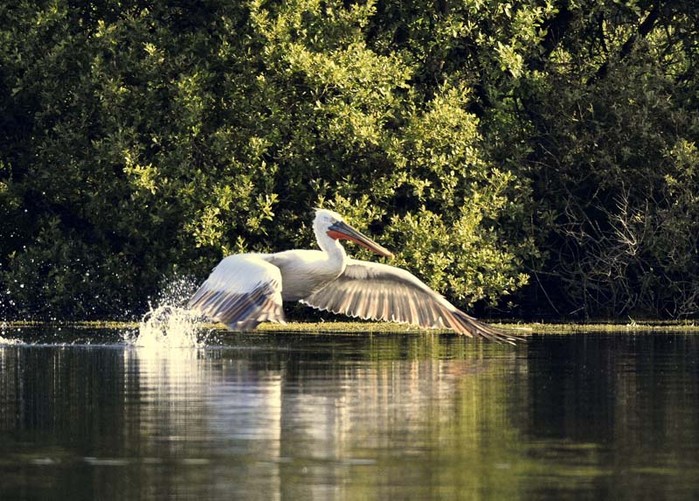
Also still present was the obliging Great Spotted Cuckoo at Portland, Dorset, still around at the end of the week. Now present since 13th May, a month-long stay now looks within its grasp, a long stay indeed for an often fleeting species.
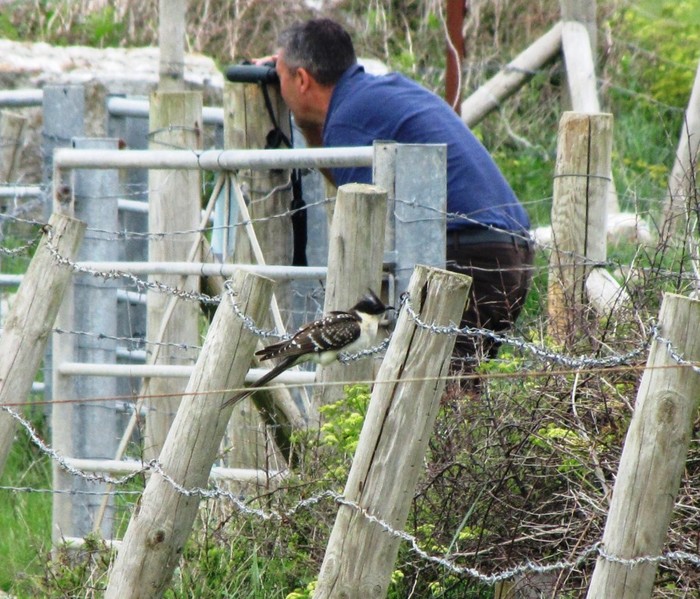
Also making it into the week was the Eastern Olivaceous Warbler at Scatness, South Mainland Shetland, found on 29th May and still present to 4th.
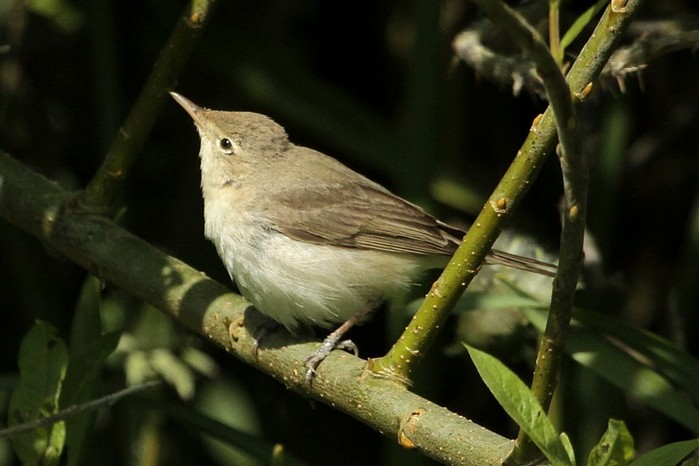
Making a reappearance on the morning of 3rd and then present again on 4th to 7th was the first-summer Semiplamated Plover at County Wexford’s legendary Tacumshin. Given that it’s a young bird and that we’re now entering the summer rather than the spring migration period, might it now be around for some time? If so, it should enable a final complete appraisal of its palmations, call etc.
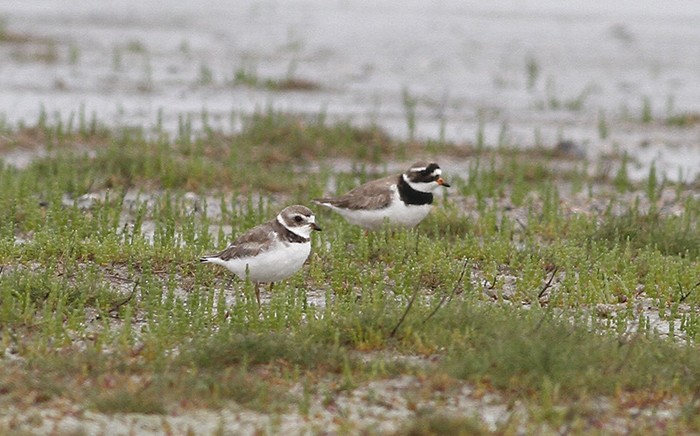
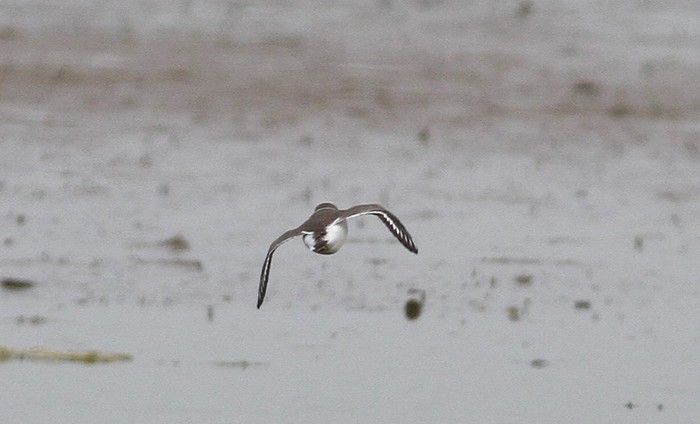
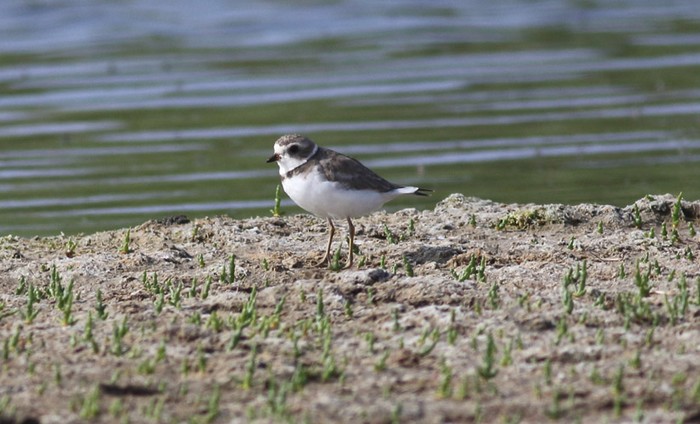
The best new rarity of the week was the Paddyfield Warbler at St. Abbs, Borders on 5th. Formerly a great rarity, this species is now reaching us more regularly, with spring records mounting. Though the first record for Borders, this is now about the nineteenth British spring record. Always a very late bird at this season (by far the earliest being on North Ronaldsay, Orkney on 20th May 2013), almost all records are in June so this bird is typical. In fact records span the whole of June so there may yet be a further opportunity for this species before the spring is finally over.
Nevertheless, despite the lack of a major new discovery, there was a steady supply of the more ‘usual’ rarities.
These included White-billed Divers still around Yell, Shetland on 4th and 6th and off Barra, Western Isles on 5th.
One of the week’s best finds (and the beginnng of a truly ‘purple patch’ for Suffolk) was a fine drake Blue-winged Teal at Carlton Marshes, Suffolk on 6th to 7th. Otherwise the only duck news concerned a Lesser Scaup at Lower Lough Erne, County Femanagh on 7th.
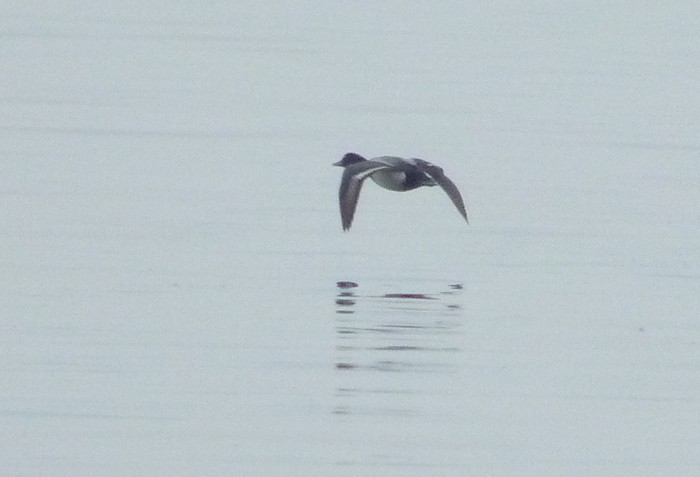
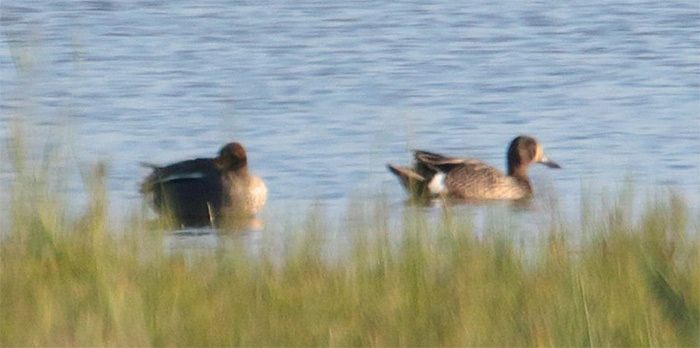
The adult male Little Bittern remained at the Barnes London Wetland Centre, London to 3rd with others discovered at Old Moor, Yorkshire on 4th (remaining to 7th) and in the evening of 7th at Trimley, Suffolk.
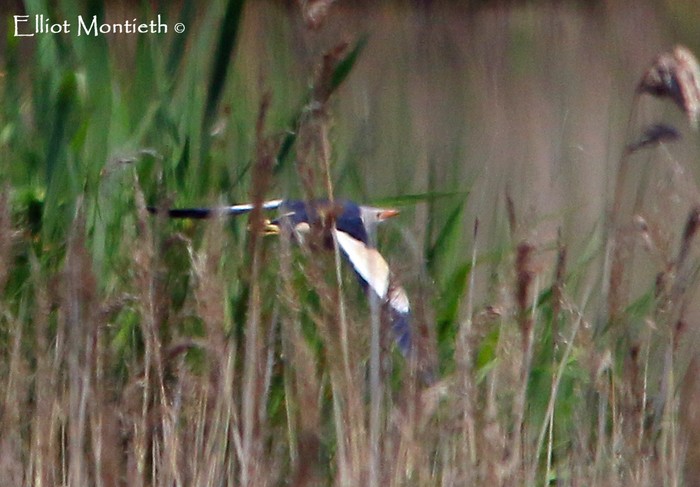
Raptors were few but Black Kites were logged at Grafham Water, Cambridgeshire on 2nd, Tacumshin, Wexford on 4th and in Kent and West Sussex on 5th. All were brief, however. Much more obliging were Red-footed Falcons – a male at Spurn, Yorkshire on 5th and a female at Walberswick, Suffolk on 7th.
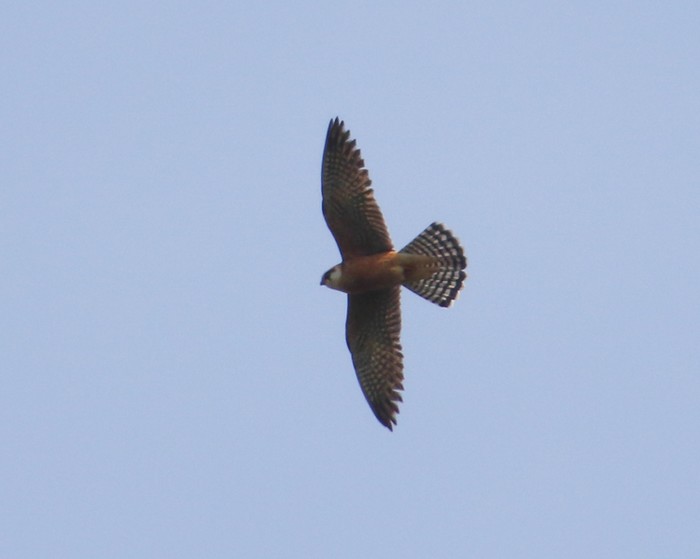
Rare waders remained rare, the best by far being another inland Broad-billed Sandpiper , this one at Brandon Marsh, Warwickshire on 2nd. Inland sightings in spring are far from unusual in this species, indeed this is not even the first for Warwickshire, its first being at Lea Marston on 1st to 4th June 1985.
The gull headlines were grabbed by the lingering first-summer Bonaparte’s Gull near Ashington, Northumberland to 6th and the adult Laughing Gull at Dungeness, Kent, first seen on 26th May but present again on 2nd.
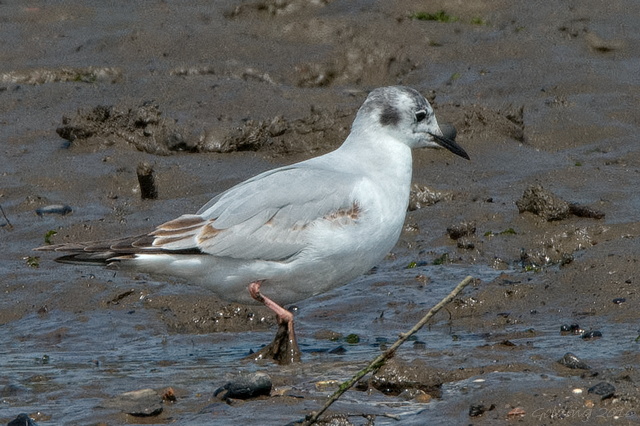
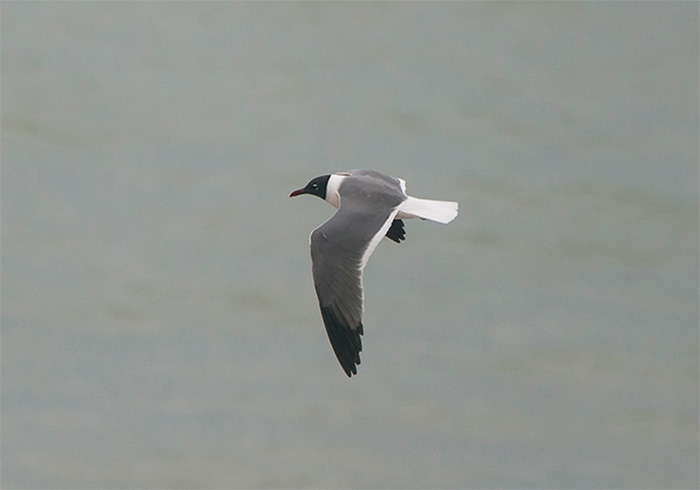
Gull-billed Terns were in the Grangemouth to Dunbar area (Forth and Lothian) to 6th and reported briefly at Kenfig, Glamorgan and Shapwick Heath and Ham Wall, Somerset on 5th. Also brief was a Caspian Tern at Long Eaton, Derbyshire on 5th but more obliging was a Whiskered Tern at Trimley, Suffolk on the evening of 7th (a bird whose discovery then prompted the finding of a Little Bittern at the same site).
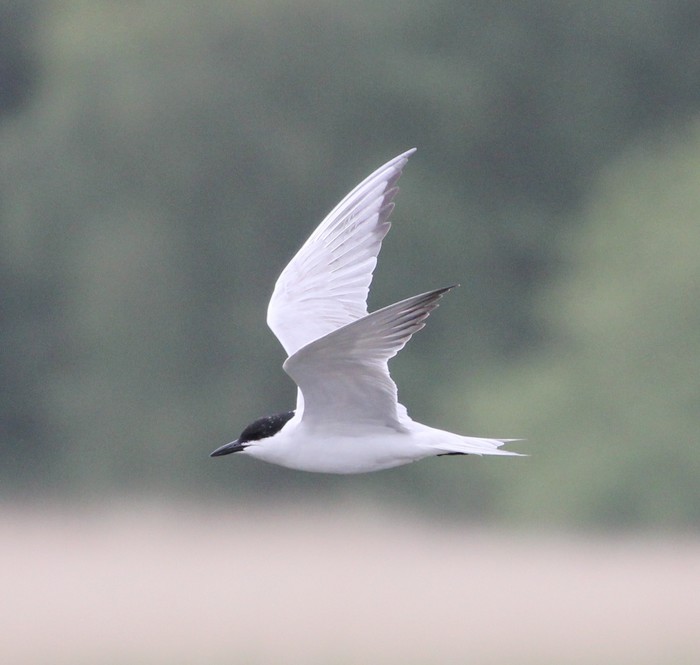
For near-passerines and true passerines this was a quiet week, dominated by lingering birds. These included the Alpine Swift on St. Mary’s, Isles of Scilly to 4th, the Great Reed Warbler still at Paxton Pits, Cambridgehire to 7th, the Greenish Warbler still at Gunton, Suffolk to 3rd, the Iberian Chiffchaff still on the Isles of Scilly to 2nd and the Savi’s Warbler still at Newport Wetlands, Gwent to 4th.
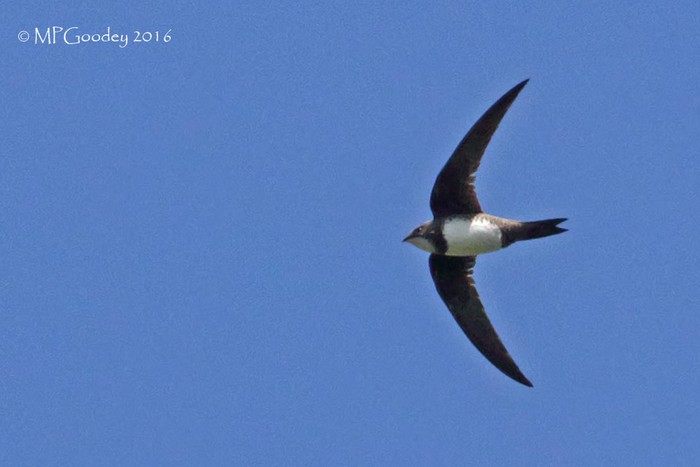
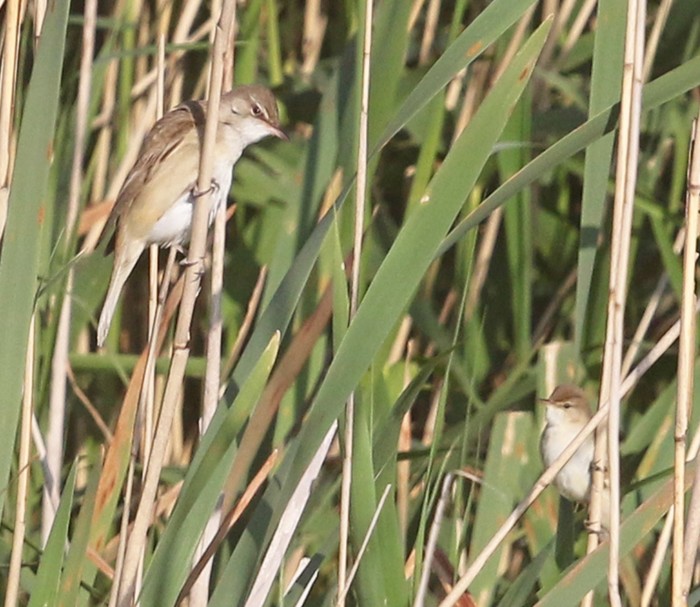
New arrivals were dominated, as is traditional in the first week of June, by Greenish Warblers . New birds included single east coast birds at Kingsgate, Kent on 1st, The Naze, Essex on 4th, Scarborough, Yorkshire on 7th and Whalsay, Shetland on 5th but the also traditional Irish Sea occurrences were logged too, with birds on Lundy, Devon and Bardsey, Gwynedd, both on 5th.
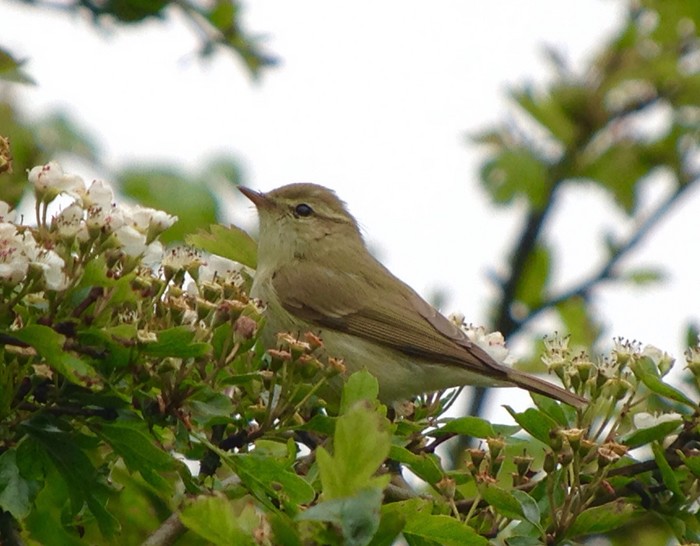
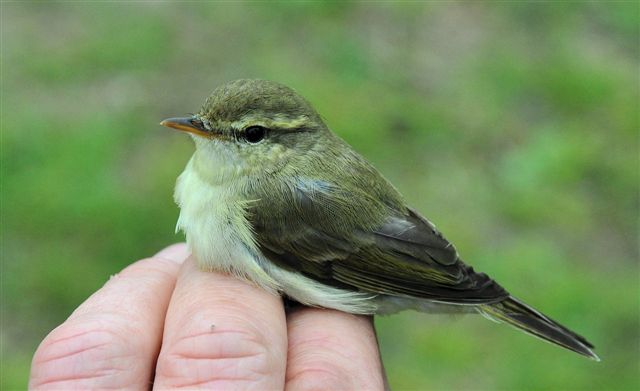
The remaining rarities included two Bee-eaters , each sharing its location with a Red-footed Falcon – one at Spurn on 5th to 6th and another at Walberswick on 7th. Also new were a Great Reed Warbler at Barton on Humber, Lincolnshire on 5th to 6th, a Red-throated Pipit at Galley Head, Cork on 2nd and a Tawny Pipit on Fair Isle, Shetland on 4th. The passerine picture was completed by a thin east coast scatter of Red-backed Shrikes , Common Rosefinches and Marsh Warblers .
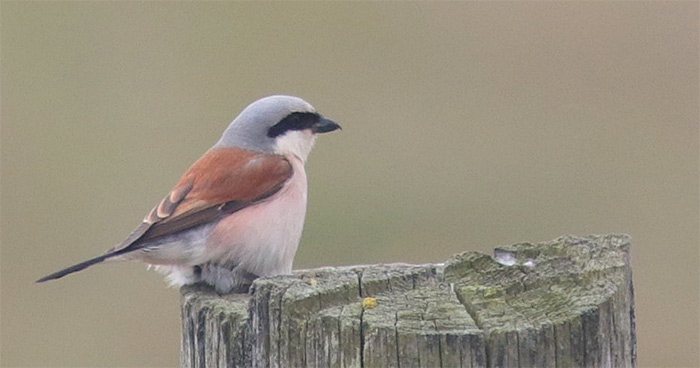
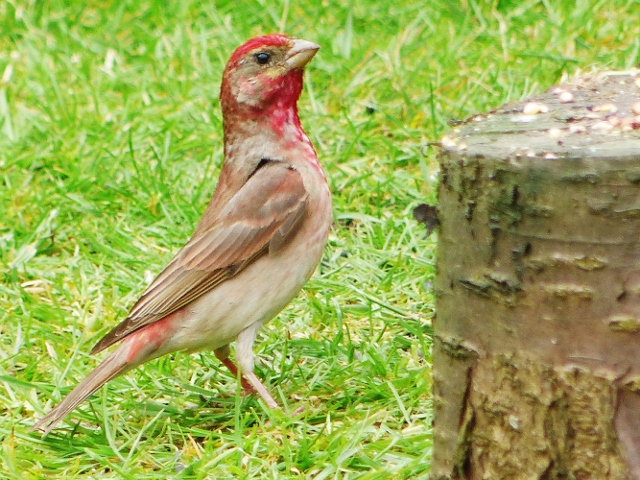
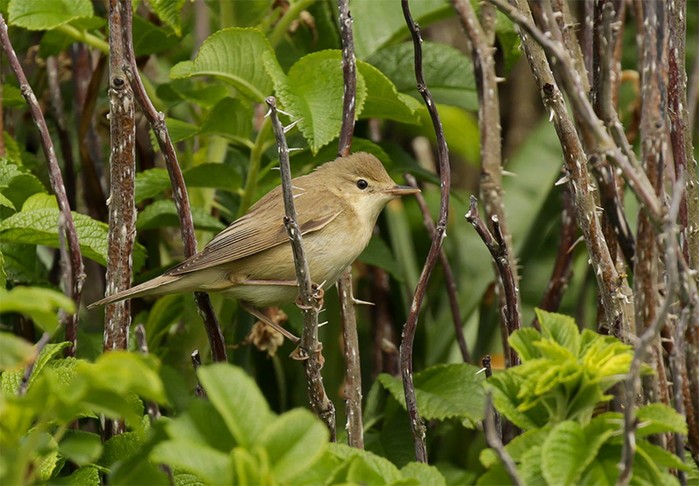
With the week ahead set to be dominated by depressions moving in from the Atlantic, the door seems to be well and truy closed to European overshoots or drift migrants. Instead we might have to look to the west for inspiration. With last year’s spring Catharus thrushes and Cedar Waxwings and this year’s White-crowned Sparrows and Black-billed Cuckoo, there are clearly many options. How about a repeat of the Tree Swallow, present on St. Mary’s, Isles of Scilly on 6th to 10th June 1990?
Andy Stoddart
08 June 2016
Please note: we put a lot of time and effort into sourcing and and producing the images, videos and graphics for each roundup. Some of you (probably Apple users) may notice some photos etc. that appear to have incorrect captions. Please try refreshing the page as they are correcty captioned. If after a refresh they are still showing the incorrect captions then please email us











